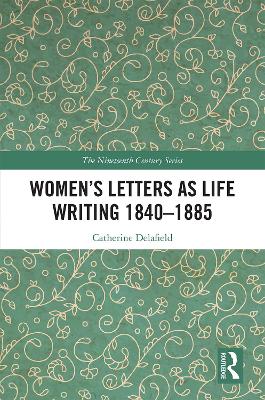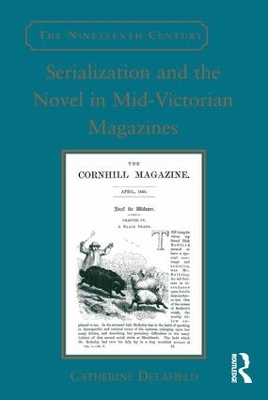The Nineteenth Century
3 total works
Examining letter collections published in the second half of the nineteenth century, Catherine Delafield rereads the life-writing of Frances Burney, Charlotte Brontë, Mary Delany, Catherine Winkworth, Jane Austen and George Eliot, situating these women in their epistolary culture and in relation to one another as exemplary women of the period. She traces the role of their editors in the publishing process and considers how a model of representation in letters emerged from the publication of Burney’s Diary and Letters and Elizabeth Gaskell’s Life of Brontë. Delafield contends that new correspondences emerge between editors/biographers and their biographical subjects, and that the original epistolary pact was remade in collaboration with family memorials in private and with reviewers in public. Women’s Letters as Life Writing addresses issues of survival and choice when an archive passes into family hands, tracing the means by which women’s lives came to be written and rewritten in letters in the nineteenth century.
Women's Diaries as Narrative in the Nineteenth-Century Novel
by Catherine Delafield
First published in 2009, this book investigates the cultural significance of nineteenth-century women's writing and reading practices. Beginning with an examination of non-fictional diaries and the practice of diary writing, it assesses the interaction between the fictional diary and other forms of literary production such as epistolary narrative, the periodical, the factual document and sensation fiction. The discrepancies between the private diary and its use as a narrative device are explored through the writings of Frances Burney, Elizabeth Gaskell, Anne Bronte, Dinah Craik, Wilkie Collins and Bram Stoker. It also considers women as writers, readers and subjects and demonstrates ways in which women could become performers of their own story through a narrative method which was authorized by their femininity and at the same time allowed them to challenge the myth of domestic womanhood.
This book will be of interest to those studying 19th century literature and women in literature.


